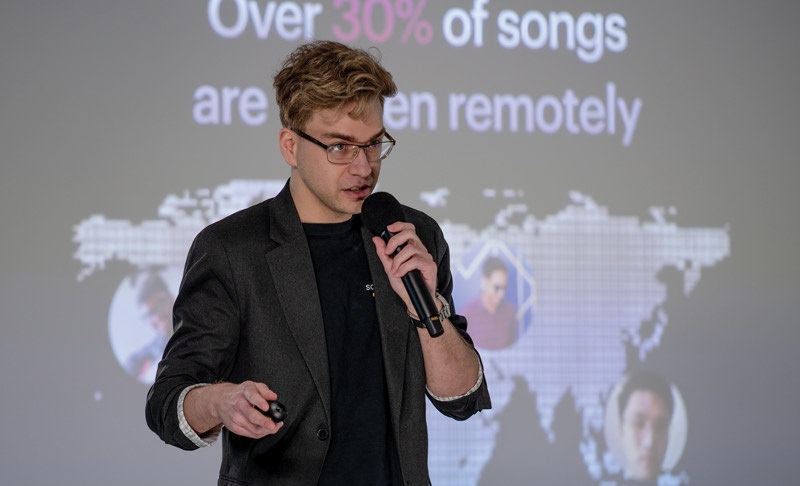Canada’s Ocean Supercluster has announced a $27 million project that will help improve the aquaculture industry through data analytics and increased connectivity.
The group that supports the country’s ocean economy issued a statement on Thursday announcing the launch of the Integrated Operations and Real-Time Analytics Project, which will be led from St. John’s and Halifax.
The project will help to collect and analyze data on aquaculture facilities and establish connections between land- and sea-based aquaculture facilities and processing plants.
“This is a real game-changer for the aquaculture industry and for the region, and we are excited to see not only the transformative benefits that it brings to operations but also from an environmental, safety, and economic perspective,” said Supercluster CEO Kendra MacDonald in a statement. “This has been a challenging year for ocean sectors, but today’s project and the almost 50 others we have approved to date point to the incredible opportunity in oceans for economic recovery and long-term, sustainable growth.”
The Ocean Supercluster is one of five Canadian innovation “superclusters”, which bring together government, business and academia to create international centres of excellence in specific technologies. In announcing the five winners in 2018, the federal government committed to spending $918 million through the superclusters over five years, and other partners (mainly private companies) aim to match that with $1.09 billion in spending.
The Integrated Operations and Real-Time Analytics Project addresses the problem of aquaculture operations that depend on antiquated communication, inspection and information systems, usually in marine environments and places with slow internet speeds.
Read Also: Ocean Startup Project Preps for Year 2
The project partners will aim to improve connectivity between the various parties in the aquaculture supply chain, and produce data that can be analyzed to improve efficiency and decrease waste.
Grieg Seafood Newfoundland will lead the project, whose partners include Bedford, NS-based Innovasea, Clarenville, NL-based SubC Imaging, AKVA Group, and HiTech Communications of Corner Brook, NL. The statement said the Supercluster will provide about $12 million with the remaining funding coming from the project partners. It will create 138 jobs, including 20 when the project begins, said the statement.
The project is multi-faceted with different partners fulfilling different roles. For example, SubC Imaging, which specializes in underwater videos, will use its technology to monitor the nets in the aquaculture cages to prevent holes that allow fish to escape.
“The real-time image processing will detect any change in the mesh of the net, including tears or changes in size, and flag for immediate intervention by people who are monitoring the health of the fish and the farm,” said SubC Founder and CEO Chad Collet. “This will greatly reduce the potential of fish escaping, when compared with the existing methods. The damage and degradation of nets used for fish farms is a common concern in all aquaculture operations, anywhere in the world.”
The Supercluster said the project overall will improve various facets of the industry, including feeding the fish and monitoring fish, equipment, and personnel.
“It’s a significant step for the aquaculture industry in Atlantic Canada to embrace such a comprehensive analytics approach,” said Perry Power, Director of Human Resources and Communications at Grieg Seafood. “Having data infrastructure at this level enables us to embrace predictive modelling, which in turn allows us to enhance both fish welfare and environmental sustainability.”










